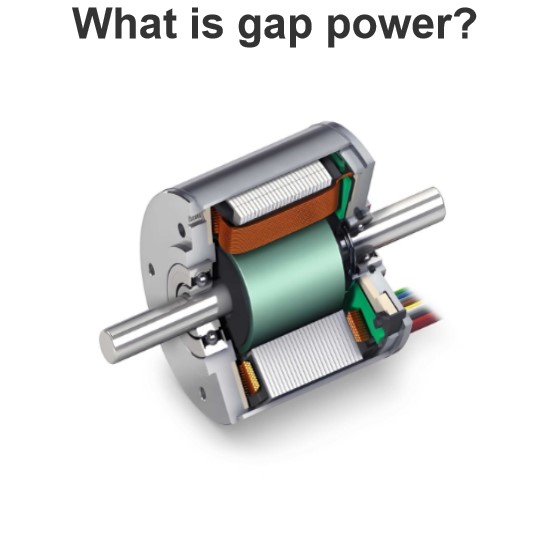
What is gap power?
Air-gap power is an important concept in electromagnetic devices, particularly in the analysis and design of these devices. It refers to the electromagnetic power transmitted through the air gap. Below is a detailed explanation of the concept of air-gap power and its applications in different devices.Detailed ExplanationDefinition:Air-gap power is the electromagnetic power transmitted through the air gap, which is the energy transferred from the rotor (or primary side) to the stator (or secondar
Encyclopedia
11/27/2024
What is the difference between aluminum and silicon in terms of their use as semiconductors?
Differences Between Aluminum and Silicon in Semiconductor ApplicationsAluminum and silicon have different applications in semiconductor technology, primarily due to their distinct physical and chemical properties and their specific roles in device fabrication. Here are the main differences between aluminum and silicon in semiconductor applications:SiliconPhysical Properties: Crystal Structure: Silicon typically exists in a single-crystal form, with the most common crystal structure being the dia
Encyclopedia
11/27/2024
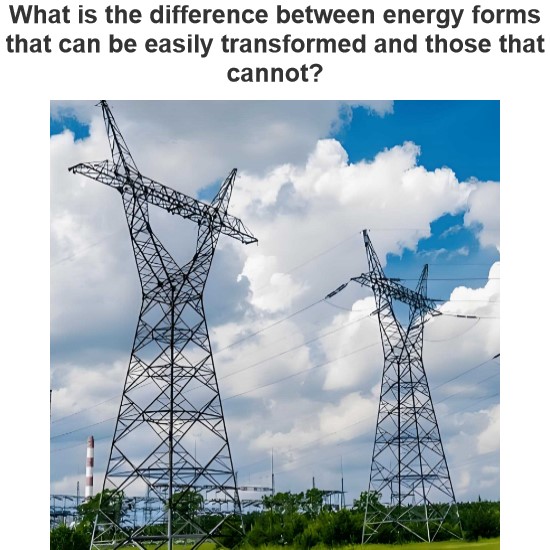
What is the difference between energy forms that can be easily transformed and those that cannot?
Differences Between Easily Convertible and Hard-to-Convert Forms of EnergyThe ease of converting different forms of energy varies due to the nature of the physical and chemical processes involved, as well as the efficiency and reversibility of these processes. Below is a detailed explanation of the differences between easily convertible and hard-to-convert forms of energy, along with the reasons behind these differences.Easily Convertible Forms of Energy1. Electrical Energy and Mechanical Energy
Encyclopedia
11/25/2024
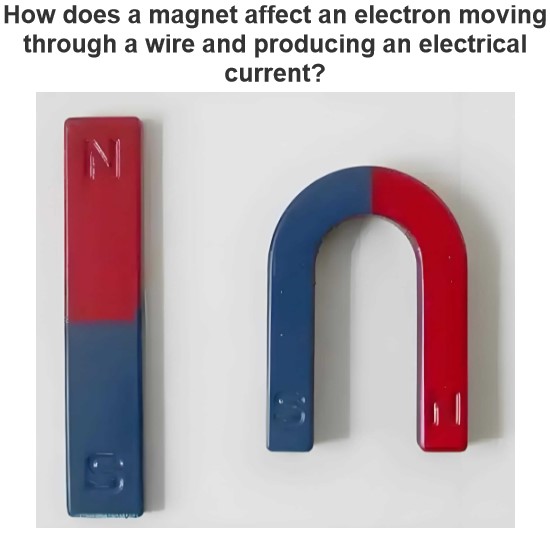
How does a magnet affect an electron moving through a wire and producing an electrical current?
How Do Magnets Affect the Movement of Electrons in a Wire and Generate Current?Magnets can influence the movement of electrons in a wire and generate current through several mechanisms, primarily based on Faraday's law of electromagnetic induction and the Lorentz force. Here is a detailed explanation:1. Faraday's Law of Electromagnetic Induction Faraday's law of electromagnetic induction states that when the magnetic flux through a closed loop changes, an electromotive force (EMF) is induced in
Encyclopedia
11/21/2024

What is the application of reverse recovery characteristics?
Application of Reverse Recovery CharacteristicsThe reverse recovery characteristic has important applications in power electronics, especially in circuits involving high-speed switching operations. Here are some key applications of the reverse recovery characteristic:Reduce power lossIn the switching process of power diodes and MOSFET body diodes, the reverse recovery characteristics directly affect switching losses. By optimizing the reverse recovery characteristics, significant reductions in p
Encyclopedia
11/20/2024
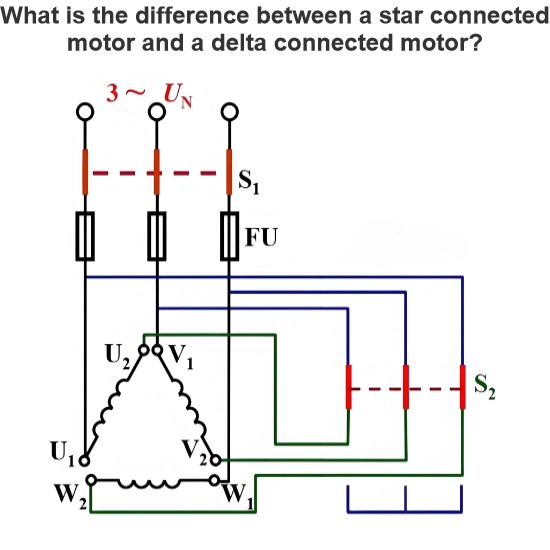
What is the difference between a star connected motor and a delta connected motor?
Differences Between Star (Y) Connection and Delta (Δ) Connection in MotorsStar connection (Y-connection) and delta connection (Δ-connection) are two common wiring methods used in three-phase motors. Each connection method has its unique characteristics and applications. Here are the main differences between star and delta connections:1. Connection MethodStar Connection (Y-Connection)Definition: In a star connection, the ends of the three windings are connected together to form a common point (ne
Encyclopedia
11/19/2024
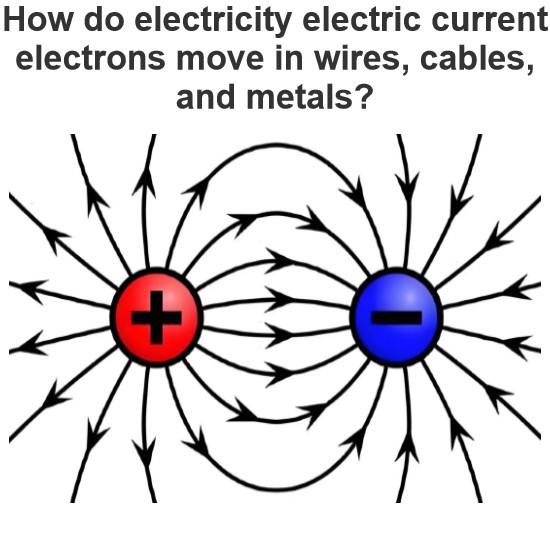
How do electricity electric current electrons move in wires, cables, and metals?
The movement of current in wires, cables, and metals is a fundamental physical phenomenon that involves the motion of electrons and the properties of conductive materials. Here is a detailed explanation of this process:1. Concept of Free ElectronsIn metals and conductive materials, there are a large number of free electrons. These free electrons are not bound to atomic nuclei and can move freely within the material. The presence of free electrons is the primary reason why metals are good conduct
Encyclopedia
11/19/2024
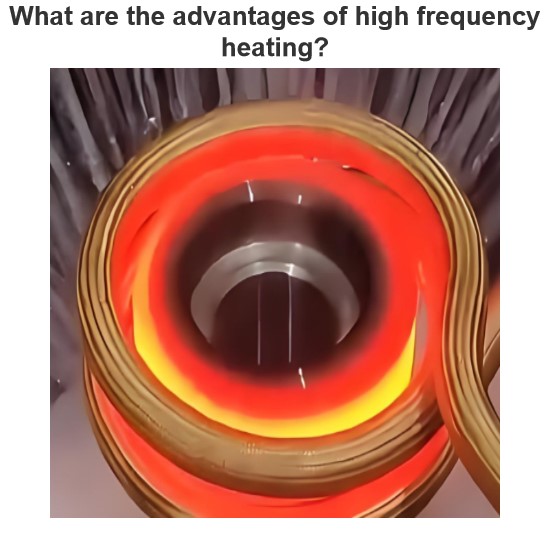
What are the advantages of high frequency heating?
Advantages of High-Frequency HeatingHigh-frequency heating, also known as induction heating or radio frequency (RF) heating, is a technology that uses alternating magnetic fields generated by high-frequency currents to heat conductive materials. This technique has widespread applications in industry and manufacturing and offers several advantages. Here are the main advantages of high-frequency heating:1.Fast Heating Speed Rapid Temperature Rise: High-frequency heating can bring materials to the
Encyclopedia
11/18/2024
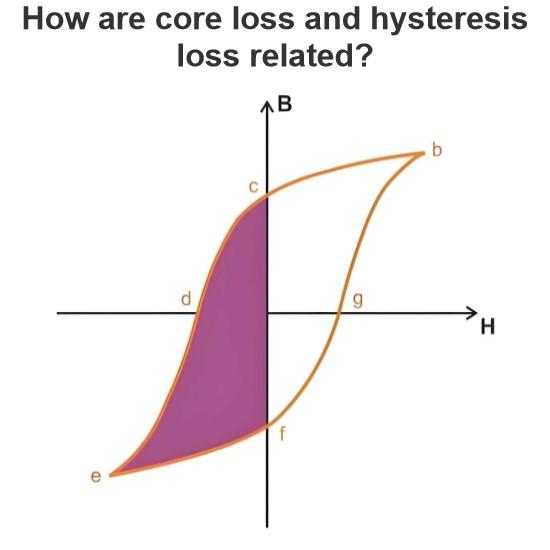
How are core loss and hysteresis loss related?
Relationship Between Core Loss and Hysteresis LossCore loss (Core Loss) and hysteresis loss (Hysteresis Loss) are two common types of losses in electromagnetic devices. They are closely related but have distinct characteristics and mechanisms. Below is a detailed explanation of these two losses and their relationship:Core LossCore loss refers to the total energy loss that occurs within the core material due to the magnetization process in an alternating magnetic field. Core loss primarily consis
Encyclopedia
11/16/2024
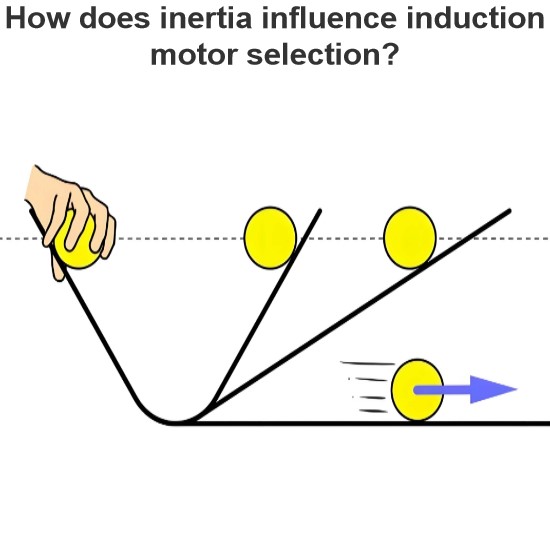
How does inertia influence induction motor selection?
Inertia plays a crucial role in the selection of induction motors (Induction Motors), especially in applications involving dynamic response and starting performance. Here is a detailed explanation of how inertia affects the choice of induction motors:1. Starting PerformanceInertia Affects Starting Time: High-Inertia Loads: High-inertia loads (such as large flywheels, heavy machinery, etc.) require more time to reach rated speed. The induction motor must provide sufficient starting torque to over
Encyclopedia
11/05/2024









